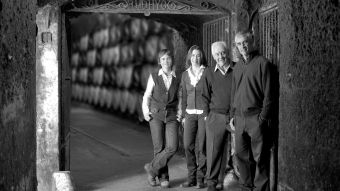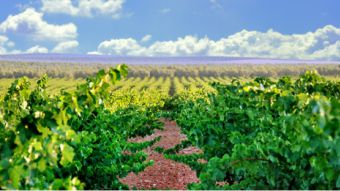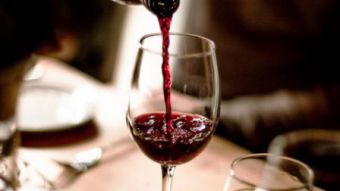ALVEAR: nobles, politicians, military men and wine producers.
The oldest winery in Andalusia, and the second oldest in Spain, was created 288 years ago! The 8th generation of the Alvears, a family name of great standing and nobility, still proudly carries the name “Montilla” around the world.
Our story begins in Nájera (La Rioja), well into the second half of the 17th century, when the mayor of the town, a nobleman and Royal Treasury official, Juan Bautista G. de Alvear y Garnica, was posted to Córdoba as “Royal Tax Collector”. Given his status, position and office, he was soon wed to a distinguished Córdoba noblewoman.
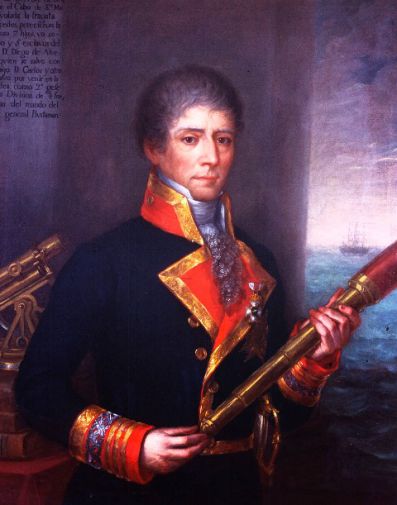 Diego de Alvear y Ponce de León His son, Diego de Alvear y Escalera, was fonder of the countryside than he was of royal finances, and he set about acquiring a large number of estates in the Córdoba area, especially around Montilla. He desired to be a wine grower and wine producer, and it was he, who laid the first stone of the great Córdoba winery. This was in 1729, at the dawn of the 18th century, and, at that time, there was no other winery like it in Andalusia, i.e. one which could boast a name, trademark and registration. It is considered to be the first "official" winery with the Alvear name. His son, Santiago, took the business to even greater heights, unheard of in rural Montilla of the 1700’s, even shipping the wines to England.
Diego de Alvear y Ponce de León His son, Diego de Alvear y Escalera, was fonder of the countryside than he was of royal finances, and he set about acquiring a large number of estates in the Córdoba area, especially around Montilla. He desired to be a wine grower and wine producer, and it was he, who laid the first stone of the great Córdoba winery. This was in 1729, at the dawn of the 18th century, and, at that time, there was no other winery like it in Andalusia, i.e. one which could boast a name, trademark and registration. It is considered to be the first "official" winery with the Alvear name. His son, Santiago, took the business to even greater heights, unheard of in rural Montilla of the 1700’s, even shipping the wines to England.
These wines were not entirely the same as they are today, but they were certainly produced from the grape variety known as Pedro Ximénez, because its existence in the Córdoba region since the 16th century is documented. That primitive first winery, founded by Don Diego de Alvear y Escalera, in the town of Montilla, is no longer part of the large building complex and gardens that make up the Alvear winery today. The Alvears ceded the building to a religious order in order for it to found a school. The halls that once served to age the wines have been a school ever since. Children, like wines, require a good education, children at wooden desks and wines in wooden barrels. So, children are now educated where once they “educated” the wines.
Diego de Alvear y Ponce de León, one of the descendants of this wine family, founded by the ancestor of the same name, was quite a character, who enjoyed an eventful political, military and winemaking career. Back in the 18th century, it could not have been easy for him to combine a strong military vocation with politics and an already important family legacy of vineyards and winery.
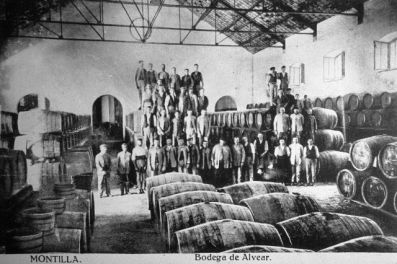 FROM MONTILLA TO ARGENTINA
FROM MONTILLA TO ARGENTINA
Diego de Alvear y Ponce de León was appointed to what was known at the time as the Viceroyalty of El Río de la Plata, created by King Carlos III of Spain, due to the economic and commercial importance of these lands of southern South America (Argentina, Uruguay, Paraguay and Bolivia). These countries were still owned by the Spanish crown at the time, but were hotly contested by the Brazilian, French and English.
Diego de Alvear y Ponce de León was a general at the Viceroyalty in el Rio de la Plata for nearly 30 years, in other words, he spent close to 30 years serving the interests of Spain in Argentina. He married a Buenos Aires noblewoman, with whom he had several children. When he returned to Spain at the command of a small flotilla that included the famous "Nuestra Señora de las Mercedes" frigate, he took his large family with him. This frigate (more recently in the news due to the dispute with Odyssey, the shipwreck recovery firm), was attacked off the Portuguese coast by British ships, even though the two empires were not officially at war at the time. The Maria de las Mercedes, on which his wife and all his children were sailing except one (who was with his father on another of the flotilla’s frigates) was attacked and sunk by the British guns. Diego de Alvear and his 9-year-old son, Carlos Maria, watched the ship go down with the rest of the family on board.
Apart from the demise of the occupants of the Maria de las Mercedes, this attack set off a military and diplomatic conflict, which resulted in Diego de Alvear’s detention in England for many years. Here, he met the lady who would become his second wife, an Englishwoman named Rebecca Ward.
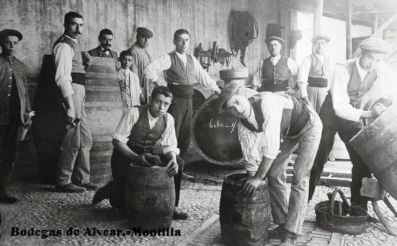 FROM ENGLAND TO CÁDIZ
FROM ENGLAND TO CÁDIZ
When the conflict was over, Diego de Alvear returned to Spain and was appointed military governor of Cadiz, at the height of the War of Independence. He played an important role defending Cadiz against enemy troops, French this time. But these vicissitudes did not deter him from continuing to run his Montilla wine business.
The ties with England created by his new marriage were extremely useful to his wine business and opened up an excellent market for his wines. Sabina, one of his daughters with Rebecca Ward, handled all the business from England (she was certainly ahead of her time!). Her brother, Francisco, gave up his military career (he was colonel director of the Arms Factory in Seville) to run the winery in Montilla, but not before he had had the iron, from the cannons captured from the French, melted down and turned into the lions that grace the main entrance to the Congress of Deputies.
Diego de Alvear y Ponce de León died in 1849, aged over 80, with the satisfaction of having successfully combined his military and political exploits with the running of his wine business, now assisted by his children. He created one of the oldest wine brands in Spain, "Fino C.B." C.B. are the initials of Carlos Billanueva, his astute and loyal assistant from his time in Argentina, whom he brought over to work on his Cordoba wine business. Carlos Billanueva became the overseer of the winery, a figure of great importance in both the Jerez and Montilla bodegas. The overseer was the person who was really in charge of the wines, and much more so back then, when oenologists, as we know them today, did not exist. The brand remains Alvear’s best-known Fino brand today.
Diego’s son, Carlos María, the boy who was not on the sinking ship, returned to his native Argentina, and became a military man, politician and diplomat. His descendants built up a family name that has enjoyed enormous prestige in the country ever since. Alvear is considered to be one of the oldest family names in Argentina.
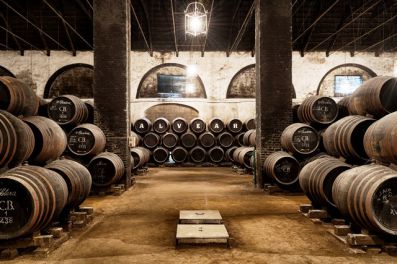 EIGHTH GENERATION
EIGHTH GENERATION
Today, the eighth generation of the family is closely involved in the running of the business, starting with its general management. Their winery is in excellent health and has been a pioneer in the world of Finos, Amontillados, Olorosos and sweet wines of Montilla. They have also been innovators, launching a sweet Pedro Ximenez, without the traditional ageing in criaderas and soleras, in other words, as a vintage wine. The 2011 vintage obtained 100 Parker points which was hugely gratifying for them. In 1998, they pioneered a range of Finos made with grapes from a single estate and aged organically under a film of flor, which they released on the market like a vintage wine.
PX Solera 1910, Palo Cortado Abuelo, Fino Capataz Solera de la Casa, PX Solera 1927, the winery’s "flagship" wine... they have a surprising array of prestigious brands, both vintage versions with static ageing, and traditional versions, preserving the time-honoured system of criaderas and soleras.



